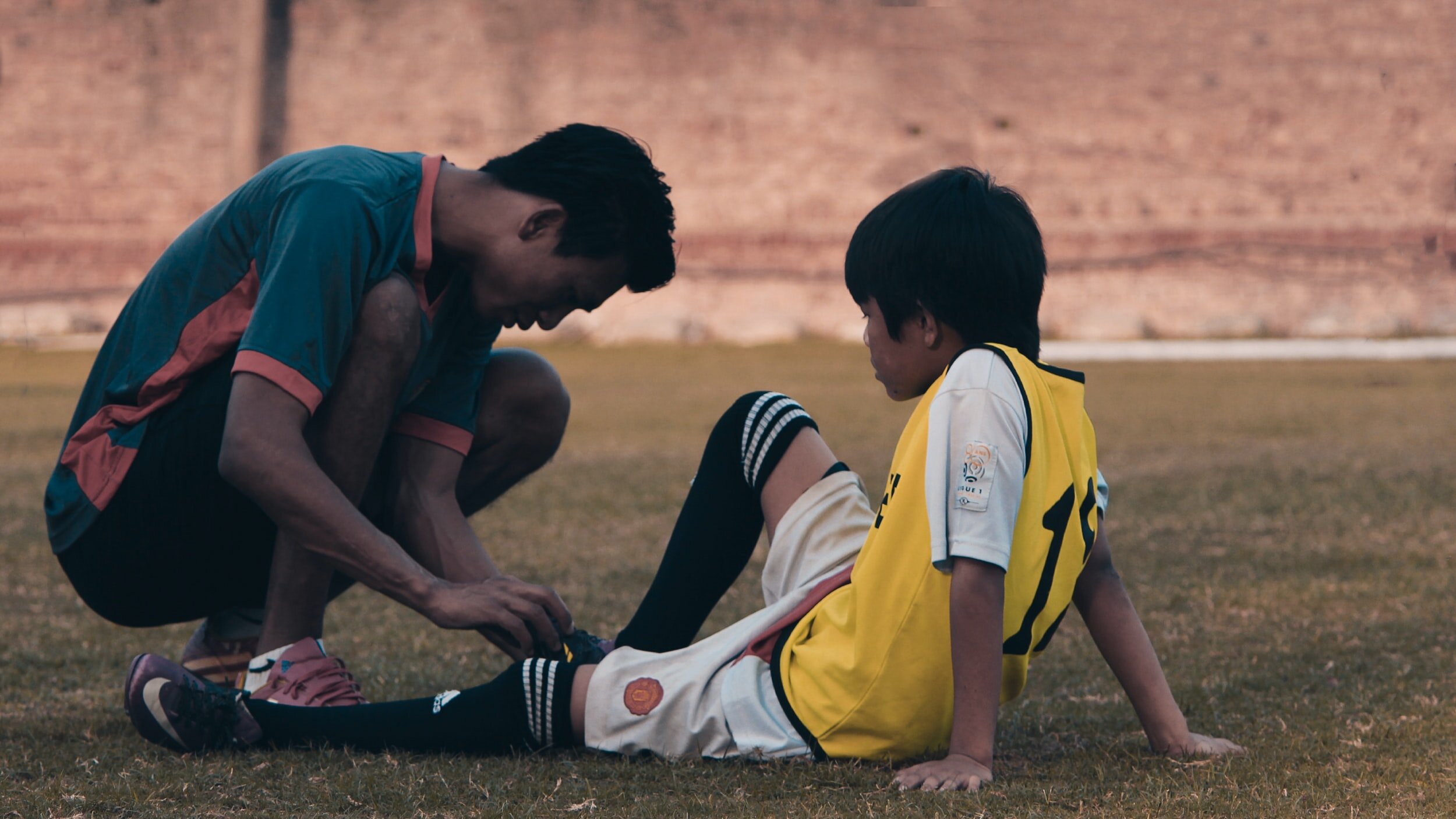Cupping is a method of massage that pulls the skin away from the body instead of pushing it into the muscle.
By applying the cup with massage cream and moving it across the muscle it can provide a neuro-physiological relaxation to the muscle and help improve the muscles usage during exercise and help with stretching.
It can be beneficial for smaller muscles in the rotator cuff that are too tender for a deep tissue massage.
It can also be helpful on the low back when the muscles have spasms or are too tender to massage.
We at South End PT can help determine if cupping is an appropriate modality for your rehabilitation and recovery!











